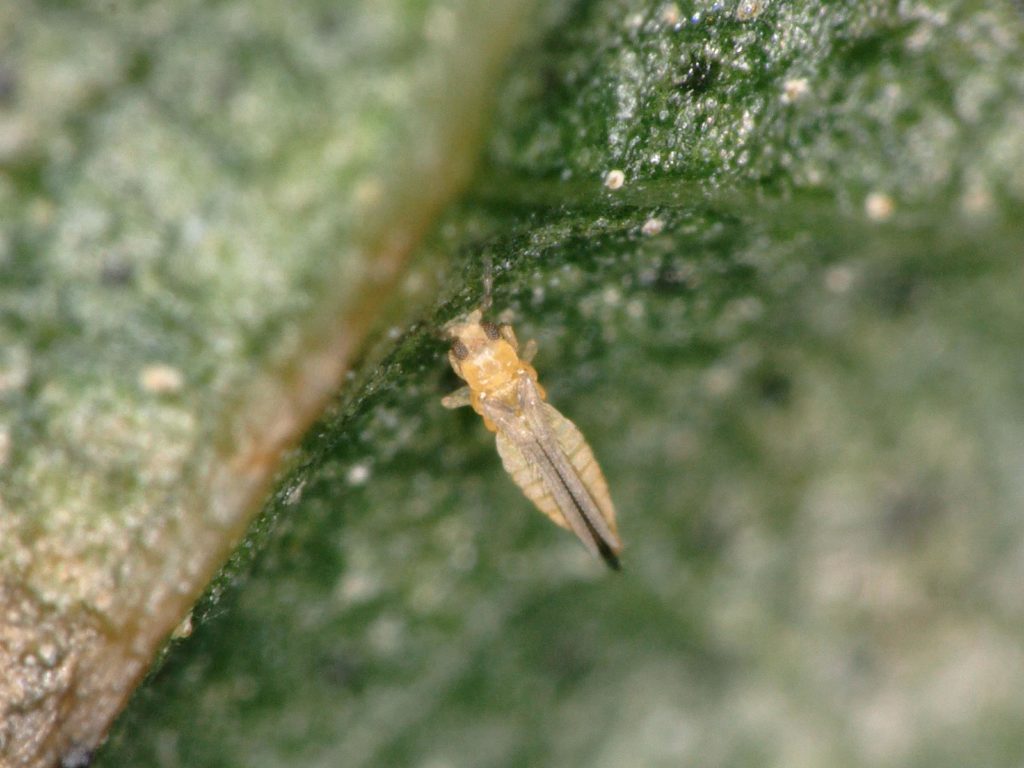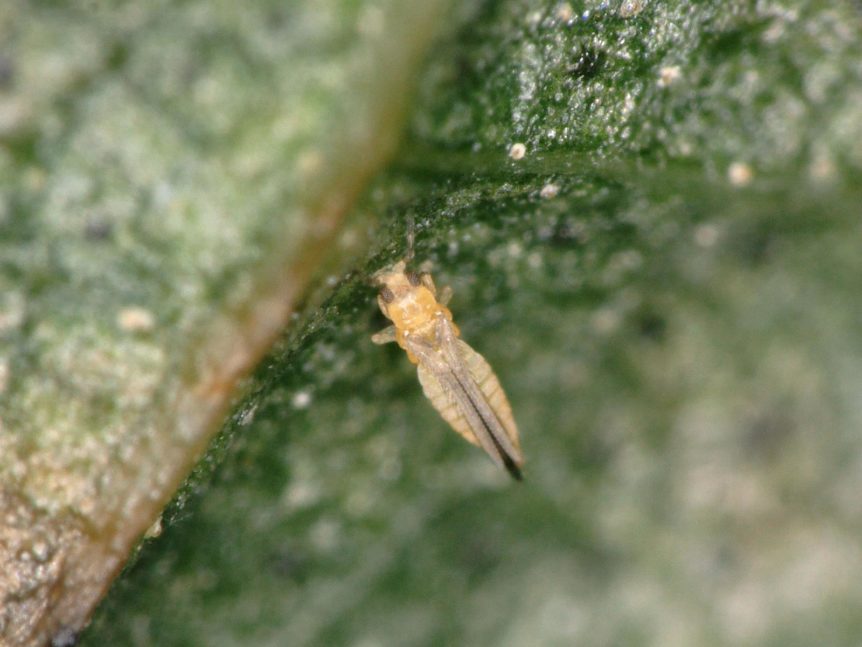
By Clint Thompson
Chilli thrips were as challenging as they have ever been in Florida strawberries. According to Sriyanka Lahiri, assistant professor of entomology and nematology at the University of Florida Institute of Food and Agricultural Sciences Gulf Coast Research and Education Center, the insect pests were especially tough on strawberries planted in early fall.
“This season was particularly tough for the growers, especially the ones that had planted in September. They experienced high populations of chilli thrips very early. It started in mid-October is when I think I started getting the calls,” Lahiri said. “It was a very warm winter, and they seem to be spending their summers around the same fields. They’re not going far away. The moment that the strawberries are going into the ground, they are showing up in bigger numbers.”
With planting season looming, producers need to be aware that the thrips are most vulnerable earlier in the season.
“Once they show up early in the season, they are the most susceptible at that stage. They show up in really huge numbers that will not be sustainably controlled using a predator or pathogen,” Lahiri said. “Earliest, it’s better to use a chemical control option, and the growers should avoid using low label rates. They should use the highest label rate, but they should try not to use a certain product more than twice in a given season.
“It’s best to limit the application to just two, even though most labels will let them do three applications in a season. I think that is part of the problem.”
Lahiri’s research trials have deduced certain chemical treatments were not as effective as others. Radiant did not work in February. Abamectin was not effective either. Knack, an insect growth regulator from Valent, suppressed chilli thrips, both adults and larval populations. Azera insecticide is an option as well.
“To use a chemical control option, that is the best time to use it because later in the season they’ll only get more resistant. Their best chance to significantly get a head start and not let the chilli thrips build up is to use a strong chemical,” said Lahiri, who has observed 30% mortality towards the end of the season from the same product. “It’s best to come in with a strong chemical and try to manage it, maybe a couple of applications earlier in the season; it could be Radiant, Excirel, any of the group 4s, either Excel or Sivanto Prime.”
Producers should also not think that Excel and Sivanto Prime are different modes of action. Both are group 4s.
“When you read the label, pay attention to the number, not the letter. It’s the number that will tell you whether or not you’re rotating your mode of action,” Lahiri added.










